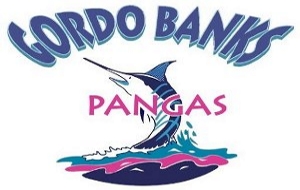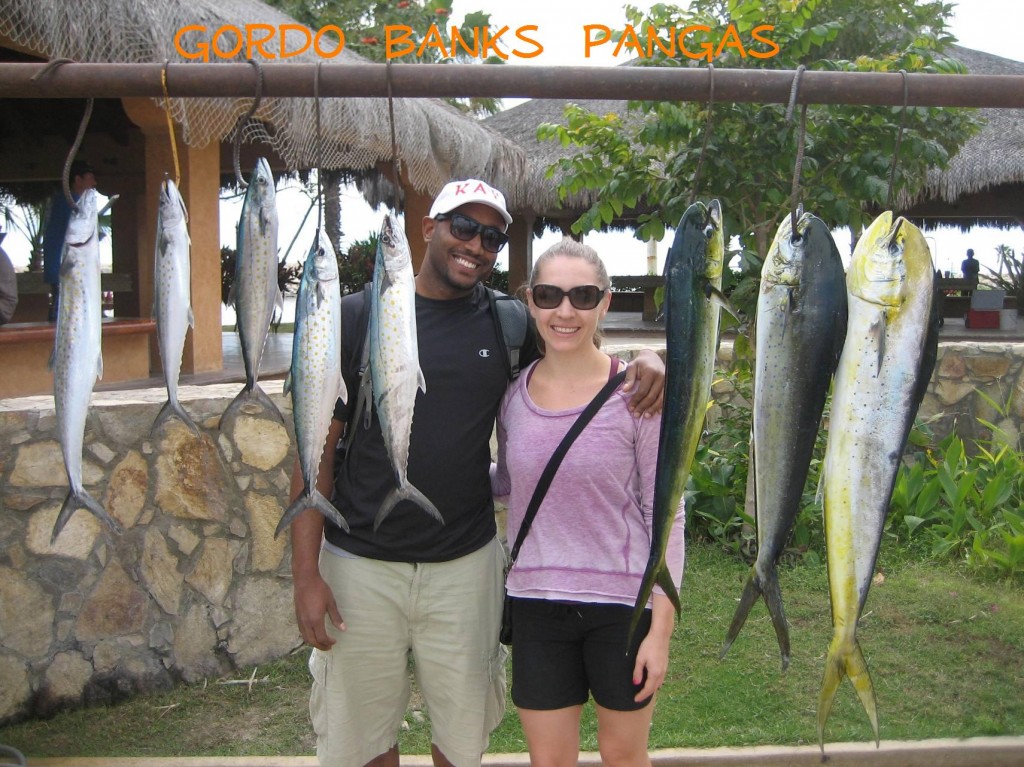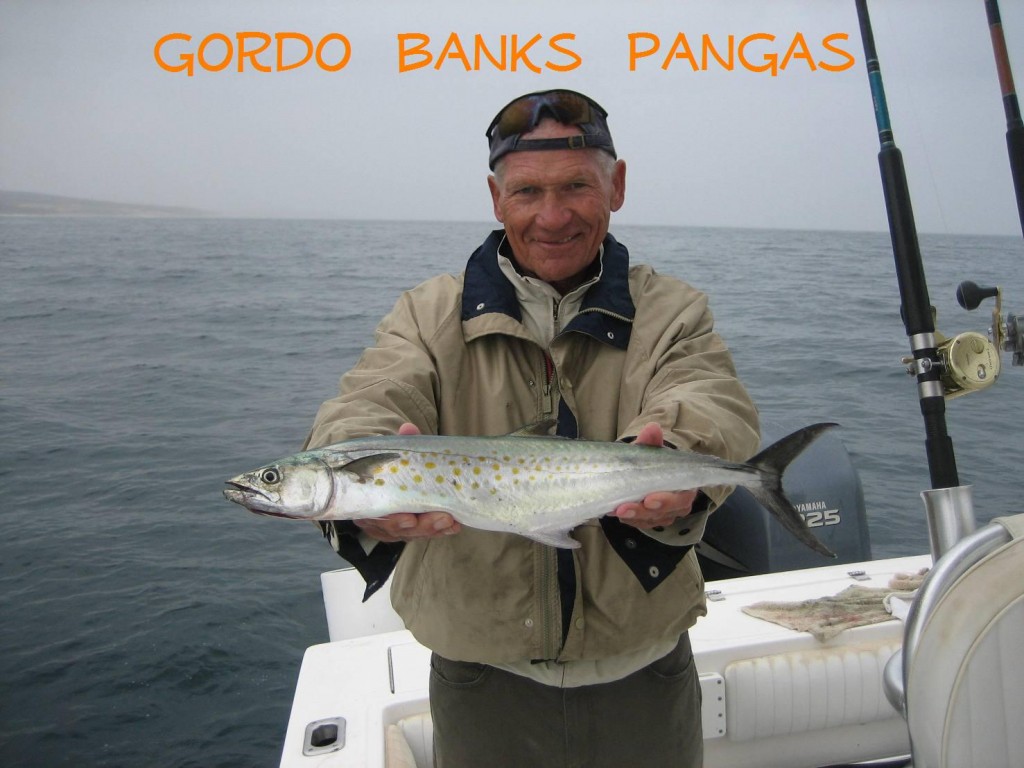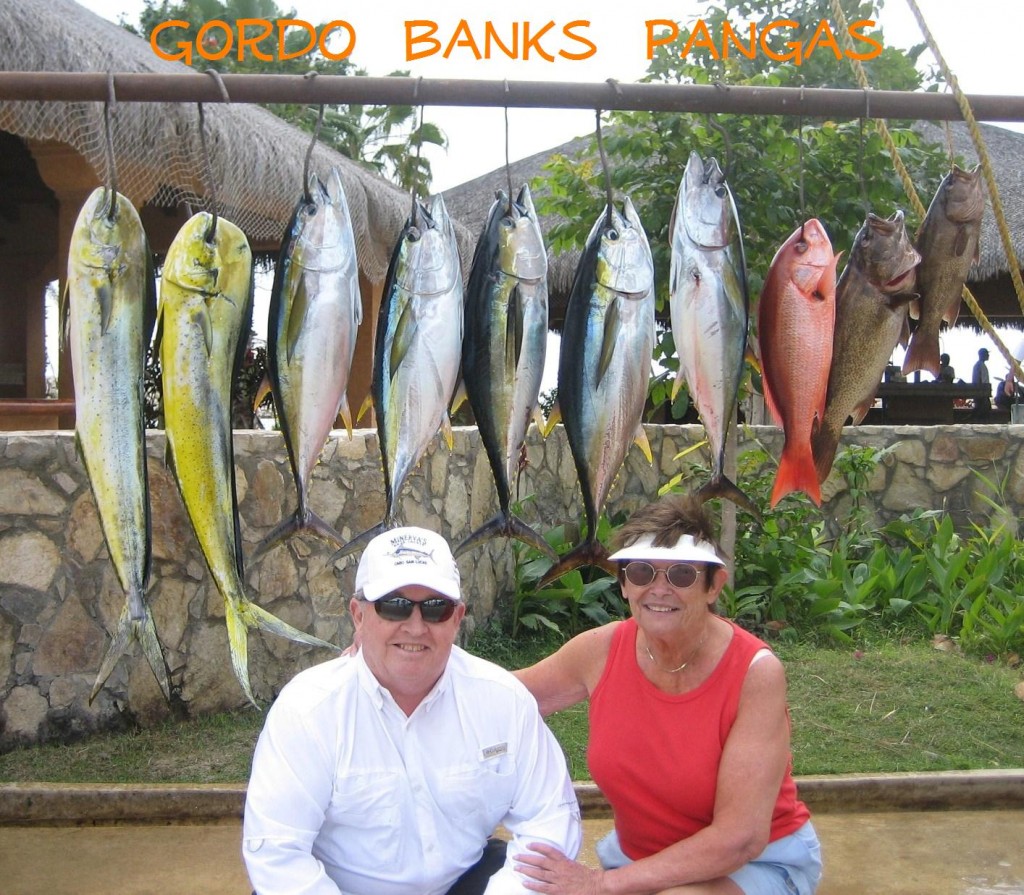February 16, 2013
Anglers –
There continue to be lighter than normal crowds of tourists now visiting the Los Cabos area. This is a normal scenario for the month of February, cooler weather patterns, persistent winds, predominately from the north, unpredictably shifting out of the south. Air temperature ranged from lows of 50 degrees to highs in the lower 70s, most sunny skies, after some early morning cloud cover. Many travelers do not seem to realize that there are seasons in this tropical paradise as well, by spring break time the conditions will be rapidly warming, but for another few weeks we can expect similar forecasts.
With the recent cold front, ocean water temperatures plummeted down to 68 degrees and there was no significant warmer break found for a long distance, 15 to 20 miles offshore there are areas of 70 degree currents. Despite this rapid drop in water temperature, there were quite a few dorado remaining in the region, currents changed so fast, apparently these gamefish could not reach any warm areas, isolated in cold water, with nowhere to go. On Wednesday the charters fishing the normal fishing grounds from Red Hill to Vinorama found almost summer like numbers of dorado, some boats reported catching and releasing as many as 20 fish, impressive sizes up to 25 pounds. By Thursday this action had slowed, as ocean currents cooled by several degrees over night, though a handful of charters did account for five or six dorado, which for winter time has to be considered good.
Yellowfin tuna action was none existent in the direction of the Sea of Cortez, though on the Pacific Banks there were scattered reports of yellowfin tuna to 30 pounds being found offshore. Striped marlin are being encountered spread out throughout the area, with main concentrations now found on the Golden Gate Bank. There remain abundant schools of mackerel and other baitfish found on the grounds off of San Jose del Cabo, we expect the billfish action will shift in this direction as the weather returns to a warming trend.
Sierra remain the most common species being found close to shore, striking on a variety of smaller sized lures, as well as on live bait. Sierra are being hooked into by shore fisherman as well, this bite is best at first light in the morning. Roosterfish activity seemed to slow down in the cooler water, but there were some very strong 25 pound jack crevalle patrolling the beach stretches, these fish will test light tackle enthusiasts to the limits.
Other action included a variety of structure species, various pargo specimens, a few amberjack, cabrilla and triggerfish. Still no yellowtail to report, conditions are now just right for these jacks to migrate on to the local grounds. Lots of baitfish to attract larger fish now, even though the ocean is cold for local standards, the color is decent, not that dirty green color we can see at times. Bottom options have remained limited at this time, migration patterns seem to be running behind usual schedules.
The whales are definitely still in the area, putting on quite a show, we are seeing more juveniles this season, soon these whales will begin to migrate north. We have heard that there is a huge run of giant squid off of the East Cape area, the whole community is now out fishing at night for these, since there are practically no anglers in that area now, this is the only fishing going on, reports of over one ton of squid per panga each night has been reported, commercial value is not high, so you need to load the boat to the railings to make much profit.
The combined panga fleets launching out of La Playita, Puerto Los Cabos Marina, sent out approximately 59 charters for the week, with anglers accounting for a fish count of: 5 striped marlin, 265 dorado, 6 roosterfish, 24 jack crevalle, 9 amberjack, 15 cabrilla, 12 bonito, 20 pargo (various species) and 420 sierra.
Good Fishing, Eric



